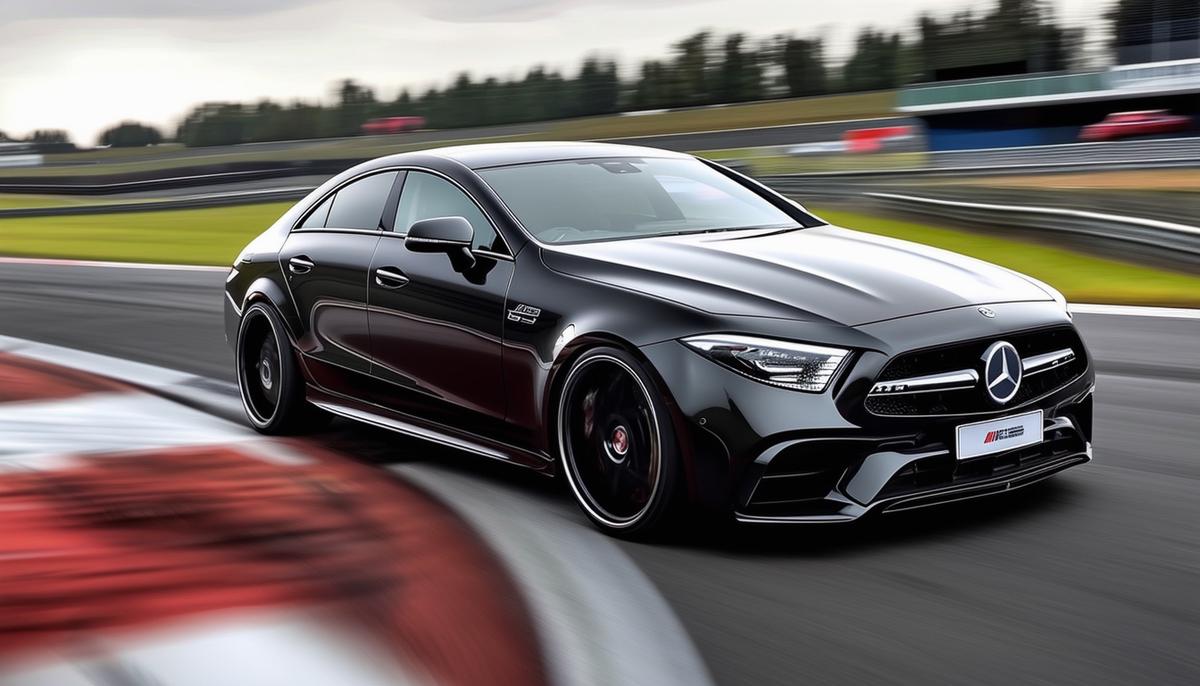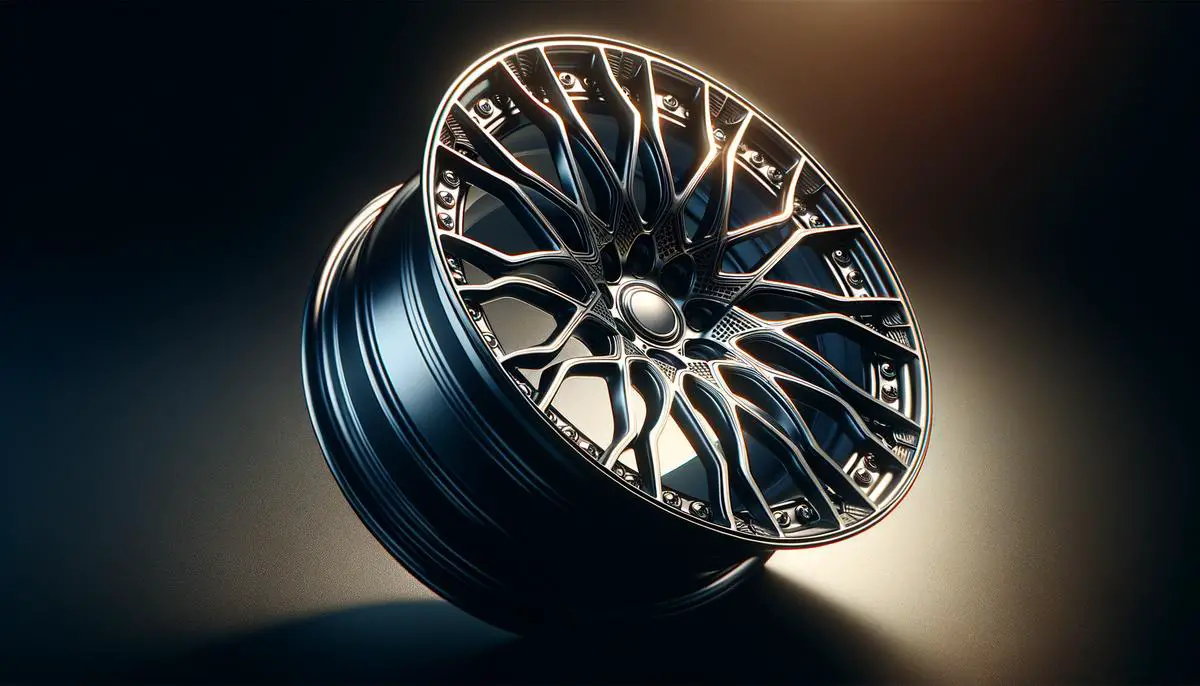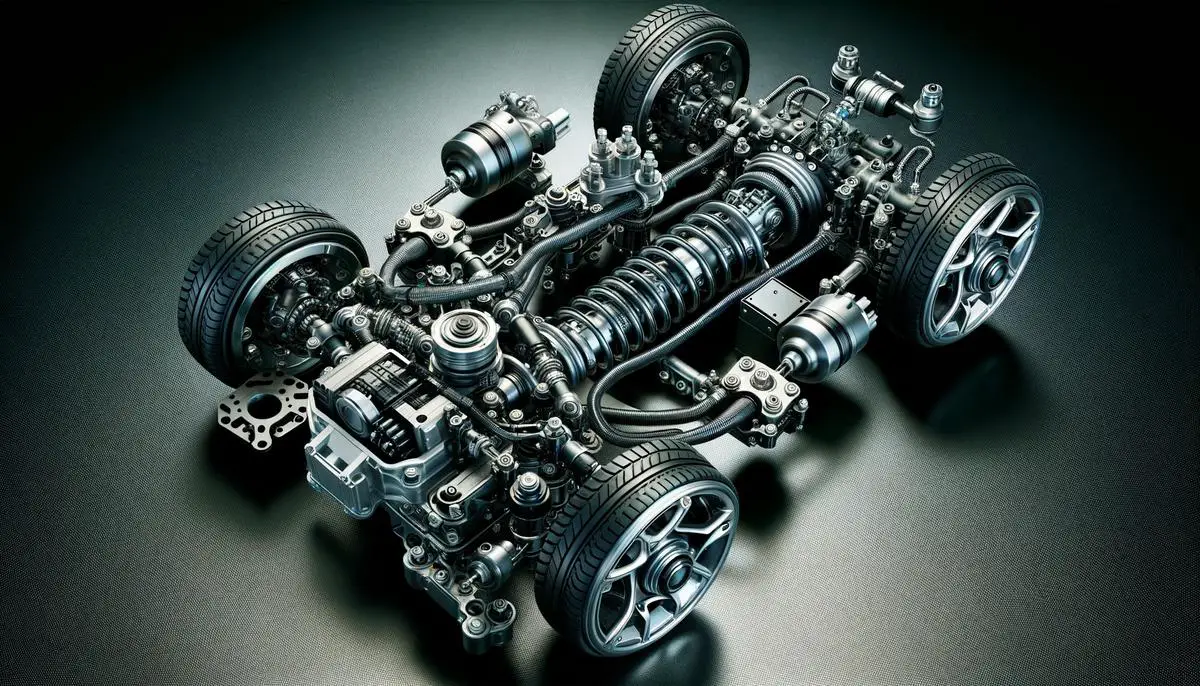Contents
Unsprung Weight and Its Impact
Larger wheels mean more unsprung weight. This extra weight doesn't benefit from the suspension's cushioning, so it directly transfers road imperfections to the cabin. Just like carrying a heavier backpack makes every step feel more jarring, more unsprung weight makes every bump in the road more noticeable. This results in a firmer ride and more road noise.
In a Mercedes-Benz CLS, 19-inch wheels are the standard choice. These wheels offer a balanced trade-off between performance and comfort. They're not too heavy, so they keep the ride relatively smooth. However, for those who crave a sportier look, Mercedes offers 20-inch AMG alloys. These larger wheels undeniably enhance the car's visual appeal, making it look more aggressive and stylish on the road.
Bigger wheels come with trade-offs. Less tire sidewall means a thinner air cushion between the wheel and the road. Consequently, the ride becomes firmer and noisier. It's like walking on gravel in thin-soled shoes versus cushioned ones; you feel every tiny stone more acutely with the thin soles.
These larger wheels also affect handling. They produce a larger contact patch with the road, boosting steering responsiveness and grip, especially when cornering. However, this also makes the steering feel heavier at low speeds, requiring more effort to turn the wheel, akin to using an older style of can opener versus a sleek, modern one.
When driving a high-performance version like the Mercedes-AMG CLS, larger alloy wheels come standard. These wheels, designed in collaboration with AMG, not only look aesthetically pleasing but also improve the car's overall grip and stability—particularly important when driving at high speeds. The multi-spoke design helps cool the brakes, crucial for maintaining performance during intense driving sessions.
Wheel Size, Steering, and Performance
Enhanced grip and cornering come at a cost. Steering becomes noticeably heavier at low speeds, and this is due to the increased unsprung weight and larger contact area. Imagine trying to steer a ship versus a small boat; that's somewhat analogous to how your car reacts when you opt for larger wheels. You'll need to exert more effort to turn the wheel, especially when parking or maneuvering in tight spaces. It's like trading in a lightweight laptop for a more powerful desktop setup; the performance is better, but it requires more effort to move around.
The Mercedes-Benz CLS, especially the AMG variants, is engineered to capitalize on these characteristics. These high-performance models come with larger, wider wheels as standard to boost grip and steering responsiveness. The advanced power steering system in these models does help mitigate some of the additional effort required for turning, but the difference can still be felt by the driver. It's a bit like an expertly designed ergonomic chair; it makes things a lot easier, but some might still prefer a simpler, less demanding setup.
This increase in steering effort can be particularly noticeable during long drives or in heavy traffic. When car shopping, if you're frequently in situations that require a lot of low-speed maneuvering, you might want to consider whether the sporty appeal and enhanced performance of larger wheels are worth the extra muscular input.

Fuel Efficiency and Wheel Size
Fuel efficiency is another key area where wheel size plays a significant role. The larger the wheels, the more they impact your car's fuel consumption. Take the standard 19-inch wheels of the Mercedes-Benz CLS, for example. These wheels offer a balanced compromise, maintaining good fuel efficiency while also delivering a smooth ride. But when you opt for the larger 20-inch AMG alloys, the dynamics change.
Larger wheels usually come with wider tires. While these wider tires provide better grip and handling, as mentioned earlier, they also increase rolling resistance. Rolling resistance is essentially the force that opposes the motion of the tire as it rolls on the surface. So, the wider the tire, the more surface area it has in contact with the road, which leads to increased resistance. Think of it like walking on sand versus a smooth sidewalk; you exert more effort walking on sand because it has more resistance.
As a result, your car's engine has to work harder to overcome this increased resistance, which in turn leads to higher fuel consumption. It's similar to riding a bike with thicker tires compared to thin ones; pedaling becomes more strenuous, and you use up more energy. For a car, this translates to burning more fuel. So, if fuel efficiency is a top priority for you, sticking with the 19-inch wheels would make more sense.
It's also worth noting that the added weight of larger wheels can further impact fuel efficiency. The standard 19-inch wheels are generally lighter, meaning the engine does not have to work as hard to move the car. On the other hand, the 20-inch AMG alloys, though visually appealing and performance-enhancing, add extra weight to the vehicle. This added weight increases the overall load the engine has to propel, thereby consuming more fuel.
However, it's essential to remember that while the increase in fuel consumption might be noticeable, it's often marginal. For daily commuters or those who don't drive long distances frequently, the difference in fuel efficiency between the 19-inch and 20-inch wheels might not be a deal-breaker. The slight increase in fuel cost could be an acceptable trade-off for the enhanced aesthetics and performance benefits that come with larger wheels.
Aesthetic and Functional Considerations
Mercedes-Benz and AMG have invested significant effort into designing wheels that do more than just look good. The multi-spoke design of AMG wheels serves multiple purposes:
- Visually, this design gives the car a dynamic, high-performance look, setting it apart from models with more traditional wheel designs.
- Functionally, the spokes allow for better airflow, aiding in the cooling of the brakes. This is particularly important for high-performance vehicles like the AMG models, which may generate substantial heat during spirited driving.
The larger alloy wheels contribute to the car's overall performance. The 20-inch AMG alloys, for instance, offer increased grip and stability, especially at high speeds. The added width of these wheels means a larger contact patch with the road, which enhances traction and cornering ability1. If you're someone who enjoys pushing your car to its limits, this added control can make a significant difference in your driving experience.
However, these benefits come with trade-offs. While larger wheels enhance the car's visual appeal and performance, they can also compromise ride comfort and fuel efficiency. The lower tire sidewalls that accompany larger wheels reduce the cushioning effect that absorbs road imperfections, leading to a firmer ride2. You might feel more bumps and hear more road noise, a compromise for that sporty, aggressive look.
The added weight of larger wheels, combined with increased rolling resistance from wider tires, can result in slightly higher fuel consumption. It's like choosing to wear stylish yet heavier shoes; they look great and might offer better support, but they also require more effort to walk in.

Ultimately, your choice of wheel size for the Mercedes-Benz CLS boils down to what you value most in your driving experience. Whether it's the sporty performance and aggressive look of the 20-inch AMG alloys or the balanced comfort and fuel efficiency of the 19-inch wheels, understanding these trade-offs will help you make a decision that aligns with your preferences.
- Heißing B, Ersoy M. Chassis Handbook. Springer Fachmedien Wiesbaden; 2011.
- Genta G, Morello L. The Automotive Chassis. Vol 1. Springer Netherlands; 2009.



